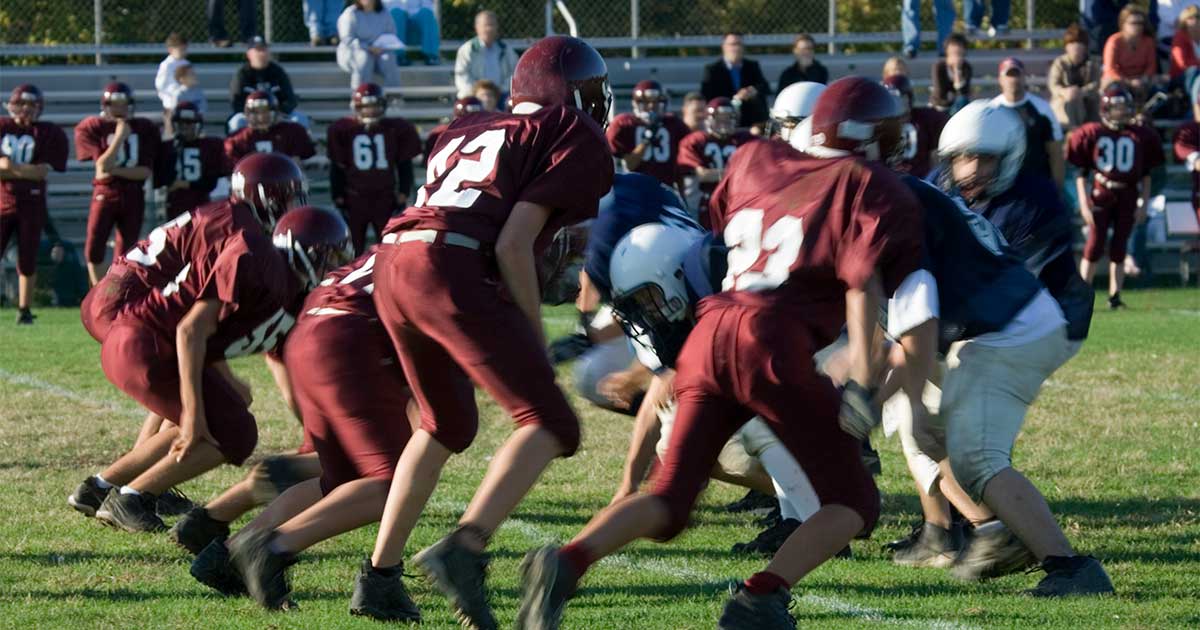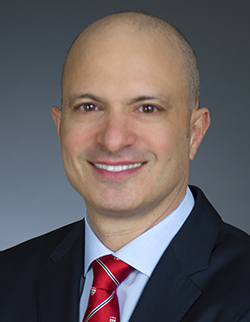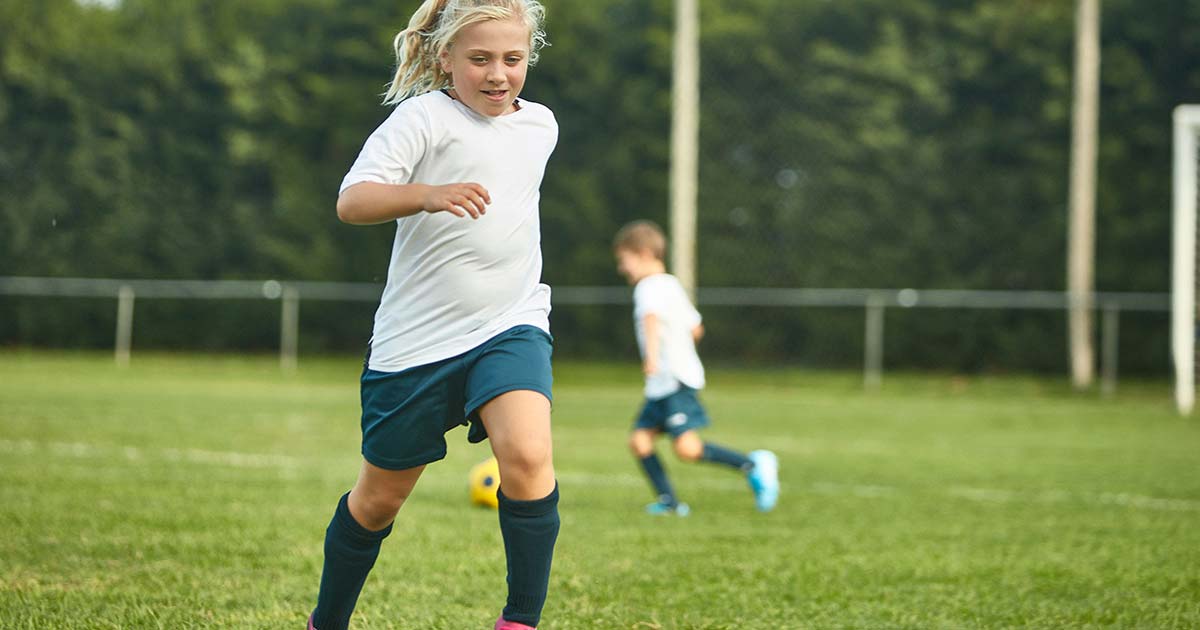ACL Injuries in Football: Causes, Treatment, Prevention
Advice to improve your movement, fitness, and overall health from the world's #1 in orthopedics.
Injuries to the anterior cruciate ligament, or ACL, are the most common major knee injuries in football. Interestingly, the damage usually occurs without contact with another player, but because of a sudden change in direction, says Robert Marx, MD, an attending orthopedic surgeon at HSS with special expertise in knee and shoulder surgery.

These injuries generally require reconstructive surgery if a player wants to get back to the game. Without ACL reconstruction, most people have knee instability that limits their ability to execute the sharp, fast moves required to be a successful football player, says Dr. Marx. ACL surgery is done by using a tissue graft, usually taken from the person’s knee, to reconstruct and make a new ACL. The recovery time until a patient can return to play is usually in the range of nine months but can be longer or shorter.
Here, Dr. Marx answers common questions about football and ACL injuries.
What causes football ACL injuries?
In football, motions such as cutting and pivoting can put a great amount of force on the knee. The positioning of the ACL makes it responsible for maintaining the integrity of the knee against that force. Injuries often occur when a player plants their foot on the ground and attempts to rotate their body in relation to that planted foot, placing their weight on it. These motions create a twisting force across the knee joint that the ACL must absorb. When the ACL cannot cope with this force, it ruptures.
How are football ACL injuries diagnosed?
When it comes to diagnosing an injury to the ACL, an MRI as well as a physical examination are typically used in combination. Due to its high accuracy of detecting the extent of an injury, physicians rely on the MRI to see the framework of the injury quickly. Also, to see how well the ACL works, a physician would need to examine it through specific tests such as the Lachman test and the pivot shift test. These physical examinations require patients to relax the joint being tested, which can be difficult to do with a sore knee fresh from a recent injury.
How are football ACL injuries treated?
ACL surgery is performed using a graft taken from the patellar tendon, the hamstring tendon or the quadriceps tendon. The other option is to repair the ligament itself or use donor tissue (also known as allograft or transplanted tissue). Neither are recommended because there is a higher rate of re-tear with both allograft and ACL repair. However, there are cases where donor or transplanted tissue may be appropriate, such as in multi-ligament reconstruction, because too many grafts are required to harvest them all from the person.
Small tears in the meniscus, a ring of cartilage on the inner and outer sides of the knee joint that surrounds the ACL, can sometimes be treated without surgery if they do not limit the person’s activity. If the meniscus tear is large and/or displaced, it will often require surgery to remove a torn fragment or to suture the tissue back together to allow it to heal. The latter is preferred because taking out large amounts of meniscal tissue may increase the risk of arthritis later in life. However, repair sometimes requires removal of the tissue if it’s not healing well. Usually, the final decision to repair or remove the meniscus is made at the time of surgery.
Sometimes, ACL injuries are accompanied by associated knee injuries, including other ligaments or meniscus or cartilage. These associated injuries can affect treatment and recovery time as well as ability to return to sport and the long-term health of the joint. With current surgical techniques, many athletes are able to return to football despite severe knee injuries.
How do you prevent football ACL injuries?
Many of these injuries that occur without contact can be prevented with exercises—in particular those that focus on balance, strength and plyometrics such as planks, Nordic hamstrings and squats. Just as an athlete must have an awareness of their limbs’ relative locations and the strength to re-orient their limbs into a safe position, they must be able to do so quickly to avoid injury.
Published 8/18/2022





